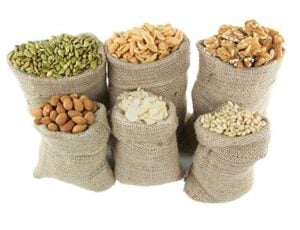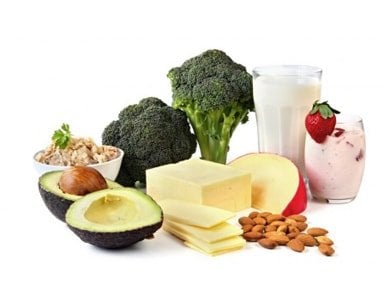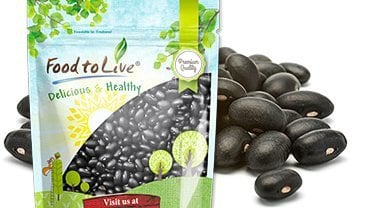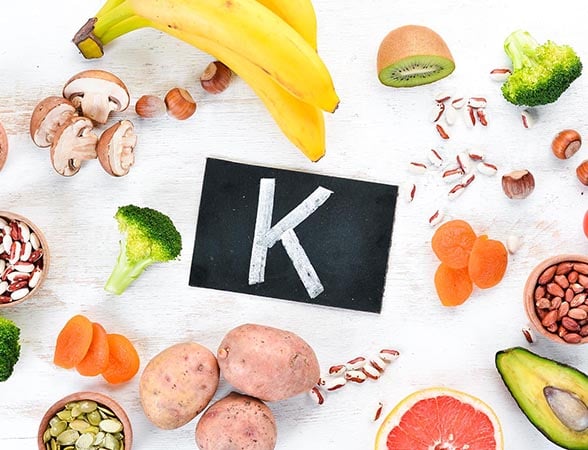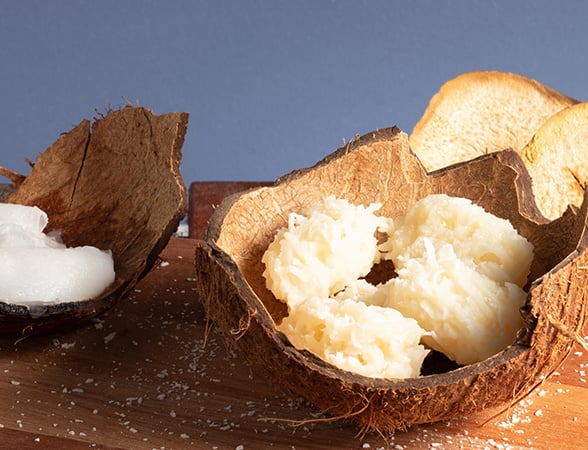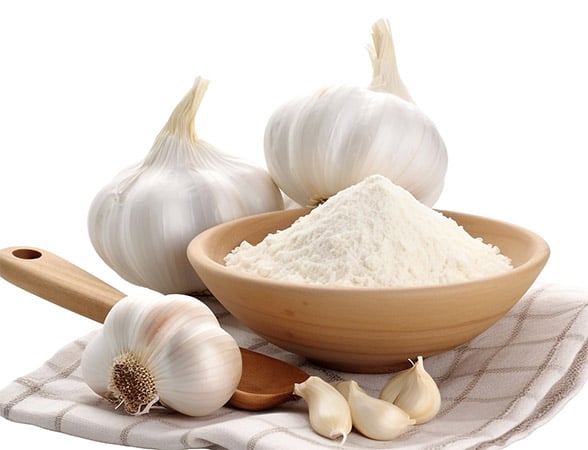August 21, 2021 · Written by Foodtolive Team
Food Sources of Vitamin D
If you ever wondered how to improve your health or wellbeing, any article, a TV program or internet source would indicate the same thing – the food you eat and the vitamins in it.
The importance of Vitamin D has been studied for quite a long time, though not all of us are familiar with its significance.
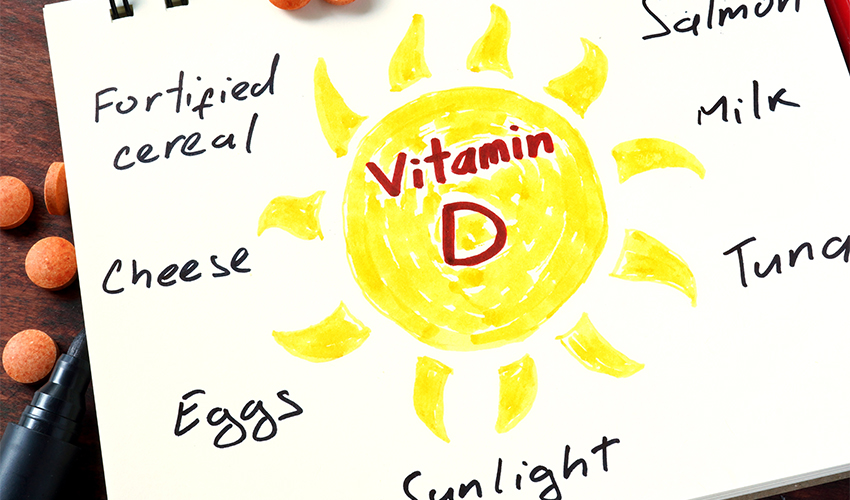
What is Vitamin D? Why is it so important for our health?
Vitamin D is a nutrient which helps our bodies absorb calcium, one of the main building blocks for strong bones. Together with calcium, vitamin D helps protect us from developing osteoporosis, a disease that thins and weakens the bones, making them more likely to break. [1]
Vitamin D is often called “sunshine vitamin” as its main source is the sun. When ultraviolet light touches the human skin, vitamin D is synthesized in our body. Apart from the sunlight, we can get Vitamin D from food.
There are two forms of Vitamin D: Vitamin D3 (in products of animal origin) and Vitamin D2 (in some plants and mushrooms). Note that Vitamin D3 is more effective than Vitamin D2.
What is vitamin D rich food?
- Seafood – salmon, trout, herring, mackerel, tuna, halibut, sardines, cod liver oil, black caviar, shrimp, oysters.
It really matters whether the salmon is wild or farmed. The vitamin D content in wild salmon has been reported as 8–55 µg vitamin D/100g. [2] However, farmed salmon contains only 25% of this amount.
Herring, sardines and mackerel are more budget-friendly alternatives to salmon and equally nutritious. Fresh herring contains an average of 1,628 IU of vitamin D per 100g serving (this is even more than the daily value).
Shrimp contain about 150 IU per 100g which is not that much. However, the meat, unlike marine fish fillets, contains a minimum amount of fat. - Milk – soy milk, almond milk, cow milk
Cow milk is a good source of many nutrients, including calcium, phosphorus and riboflavin. In some countries cow’s milk is fortified with vitamin D, usually containing about 115-130 IU per cup (237 ml), or about 15-22% of the daily norm.
Drinking three cups of milk daily means getting 90 percent of your daily vitamin D requirements from milk. Milk alternatives like soy milk or almond milk are great cow milk substitutes for vegans. - Cheese
Depending what kind you get, cheese can naturally contain upwards of 30 IU of vitamin D per one-cup serving. [3] - Red meat
Beef liver is more tender than other meat and contains a good amount of Vitamin D. A cooked, 2.5-ounce serving of beef liver has 36 IU of vitamin D. [3]
Pork is also high in Vitamin D. Note that sun exposure in pigs increases the vitamin D nutritional quality of pork. - Fortified orange juice
A great number of people worldwide are lactose intolerant whereas others suffer from milk allergy. For this reason, in some countries, orange juice is enriched with vitamin D and other nutrients such as calcium. One cup (237 ml) of enriched orange juice at breakfast can equal up to 100 IU of vitamin D. - Mushrooms
Mushrooms are an excellent source of vitamin D2. Like humans, they can synthesize this vitamin when exposed to ultraviolet light. Yet, those mushrooms grown under standard commercial conditions – in the dark place – cannot serve as sources of vitamin D. - Egg yolk
If you don’t like seafood, egg yolk would be a great substitute. The amount of vitamin D in egg yolk depends on the sun exposure and the content of vitamin D in the chicken feed.
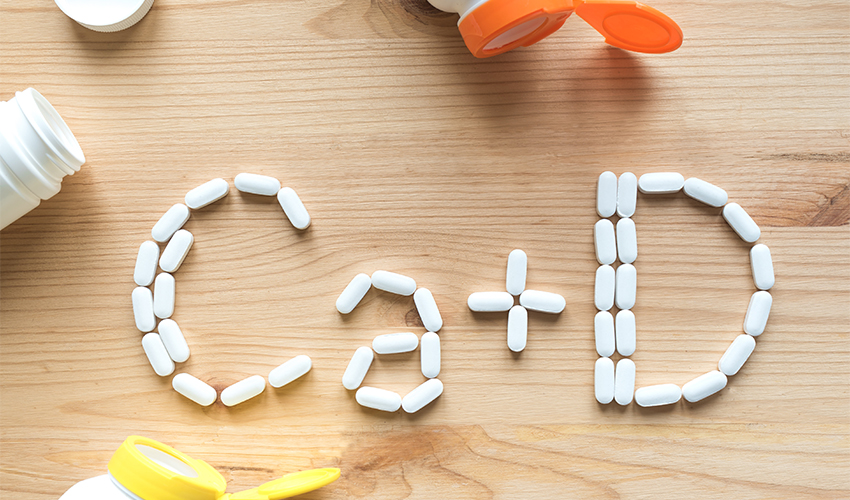
Vitamin D and calcium
Vitamin D is often added to calcium. The US manufacturers add Vitamin D to products rich in calcium. You may wonder why. The reason is a very simple one: the functioning of your bones. Vitamin D helps the body absorb calcium at any age, so getting enough vitamin D and calcium can help prevent osteomalacia (soft bones) and osteoporosis (low bone mineral density) with age.
Daily dosage of Vitamin D
People aged between 1 and 70 need 600 IU (or 15 mcg) of vitamin D daily, while adults over 70 need 800 IU (or 20 mcg).
Note: Taking too much Vitamin D can be harmful: a buildup of calcium in your blood (hypercalcemia) can cause nausea and vomiting, weakness, and frequent urination. Vitamin D toxicity might progress to bone pain and kidney problems, such as the formation of calcium stones. [4]
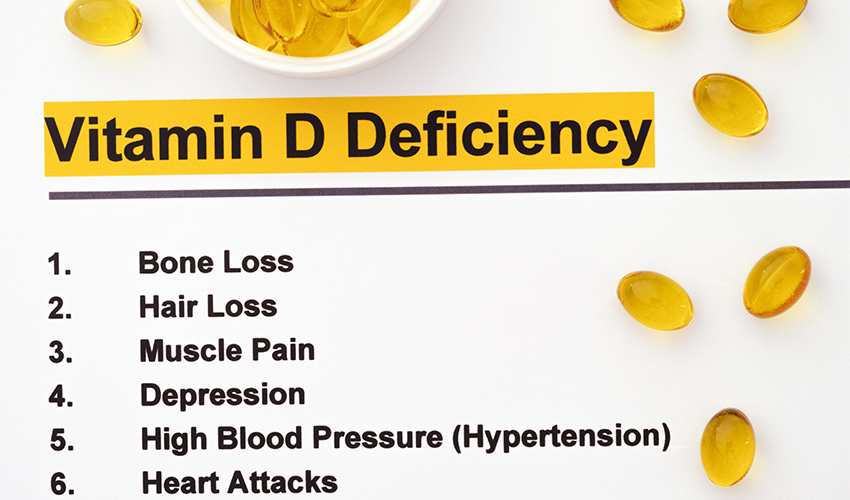
Vitamin D deficiency
About 80% of the world’s population suffers from vitamin D deficiency. If you live too far north, you may not be able to get enough vitamin D in the winter – especially if you live at altitudes above 37 degrees north or below 37 degrees south of the equator. In the United States, this line is located near the southern borders of Missouri, Kansas, and Colorado.
Note: Vitamin D deficiency leads to the increased osteoblast activity, decreased bone mineral density, osteopenia, and osteoporosis.

Frequently asked questions
How can I get Vitamin D?
Vitamin D is formed in the skin. The main and only trigger for this process is the sun’s rays. 80-100% of vitamin D is formed under the action of ultraviolet light. The rest can be obtained through food.
Can I get Vitamin D looking through the window?
Nope. The glass does not transmit the wave spectrum required for the formation of vitamin D.
Why is Vitamin D deficiency associated with cold weather and winter?
The daylight is reduced in winter and you won’t stay outside that long. In contrast, you may stay out all day long in the summer. The amount of vitamin D formed by the skin depends on the time spent in the open sun.
Summary
All things considered, Vitamin D is extremely important for all human beings. It is responsible for calcium-phosphorus metabolism in the body, and it also affects the work of nerves, muscle cells, brain cells, kidneys, liver, and other organs. However, the redundancy of vitamin D is just as bad for your health as its deficiency. So make sure you take the proper amount or consult with a medical expert before your intake.
Sources
- https://ods.od.nih.gov/factsheets/VitaminD-Consumer/
- Søndergaard H., Leerbech E. The Content of Vitamin D in Danish Foods. Statens Levnedsmiddelinstitute; Søborg, Denmark: 1982
- https://www.insider.com/foods-rich-in-vitamin-d-2018-12#mushrooms-produce-vitamin-d-when-exposed-to-sunlight-4
- https://www.mayoclinic.org/healthy-lifestyle/nutrition-and-healthy-eating/expert-answers/vitamin-d-toxicity/faq-20058108

